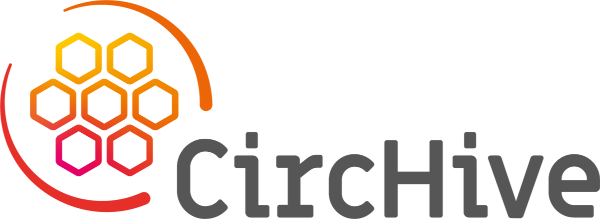Methodology
Coordinated through its Secretariat in Copenhagen, the GBIF network of participating countries and organizations, working through the participant nodes, provides data-holding institutions around the world with common standards, best practices and open-source tools enabling them to share information about where and when species have been recorded. This knowledge derives from many different kinds of sources, including everything from museum specimens collected in the 18th and 19th century to DNA barcodes and smartphone photos recorded in recent days and weeks.
The network draws these diverse data sources together through the use of data standards, including Darwin Core, which forms the basis for the bulk of GBIF.org's index of hundreds of millions of species occurrence records. Publishers provide open access to their datasets using machine-readable Creative Commons licence designations, allowing scientists, researchers and others to apply the data in nearly five peer-reviewed publications every day, along with other reports, analyses and policy documents.
The network draws these diverse data sources together through the use of data standards, including Darwin Core, which forms the basis for the bulk of GBIF.org's index of hundreds of millions of species occurrence records. Publishers provide open access to their datasets using machine-readable Creative Commons licence designations, allowing scientists, researchers and others to apply the data in nearly five peer-reviewed publications every day, along with other reports, analyses and policy documents.
Data description
GBIF's data portal now integrates tens of millions of records of primary biodiversity data from hundreds of databases worldwide in museums, botanical gardens, and observation networks. It is the largest database of occurrence of species. There are 4 types of data classes; resources metadata, checklist data, occurrence data, and sampling event data
Indicator
Potentially disappeared fractions of species (PDF) - Marine ecotoxicity
Method / tool
MariLCA
Website
